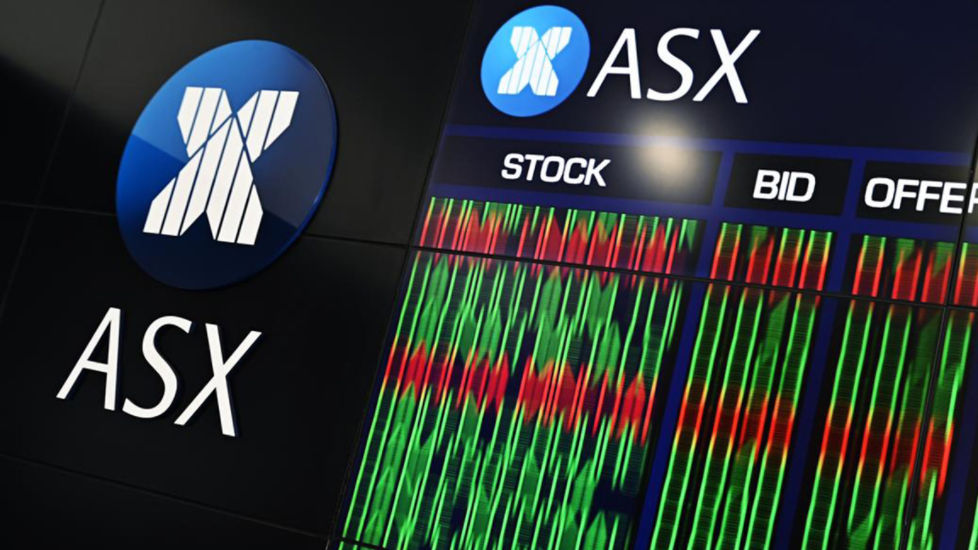Australia’s bond market is growing in stature with global investors, attracted by AAA sovereigns, wider spreads versus comparable risk elsewhere, and improving liquidity.
While the country’s sovereign and semi-government issuers have long been staples for international portfolios, the post-pandemic era has seen a marked shift in both the scale and nature of foreign investor participation in the market.
“Off-shore investors are playing an increasingly large role in Australia’s debt markets, and helping drive growth and maturity,” said Chris McLachlan, Executive General Manager Global Markets at Commonwealth Bank. “With rates higher for longer and more investors diversifying beyond the U.S., Australia offers quality and value across the curve.”
Relative value key
Capital Group, which manages more than US$3.0 Trillion in assets, has been active in Australia for decades, with exposure varying alongside market conditions, said fixed income portfolio manager Thomas Reithinger.
What’s changed recently is relative value. "We noted that NSW or Victoria bonds have become particularly attractive, reaching levels competitive with what we would typically see for extremely high-quality, investment-grade corporate bonds in the U.S.," Reithinger said, adding that state governments carry lower default risk than corporate issuers. 'I think that’s a significant opportunity,' he said.
Australia’s bona fides are many. It’s one of only 9 countries to be rated AAA by all three major credit rating companies, it offers a G-10 currency, a well-understood legal system, a robust and transparent regulatory environment, and stable government. Despite this, 5-year Australian semi-government bonds are yielding around 3.85%, in line with 5-year bonds from Coca-Cola Co.
Several forces have widened the relative-value window, Capital Group’s Reithinger said. These include increased state issuance to fund infrastructure, the Reserve Bank of Australia’s retreat from quantitative easing strategy, and a softer domestic bid that temporarily reduced local demand.
"Australia is offering a unique mix of quality and value, it’s a market that’s maturing in all the right ways, which is very attractive for global investors."
Improved liquidity
Meanwhile, liquidity – historically a sticking point for offshore buyers - has improved markedly in recent years. Secondary-market turnover in high-grade bonds exceeded A$2.5 trillion in FY25, with CBA-executed volume doubling compared to FY23.
“More issuance has meant more bonds and better secondary trading. Australia has struck a balance between fiscal discipline and maintaining a liquid market, something other countries like Sweden and Denmark have struggled with,” Reithinger said. “Australia is offering a unique mix of quality and value, it’s a market that’s maturing in all the right ways, which is very attractive for global investors,” he added.
Offshore demand growing
Other investors, particularly from Asia, are taking note of Australia’s appeal. CBA data shows that over 65% of the bank’s order books for recent Australian and New Zealand government bond deals came from off-shore investors. Asian investors took 29% of Australian dollar denominated corporate issuance and more than 40% of Australian-dollar financial issuance.
“From our conversations with off-shore investors, we know that they see a lot of positives about investing in Australia and our fixed income markets – whether in the Government, semi or corporate sectors. This year, we’ve been fielding more requests for primers on the Australian market, and new investors who come for high-grade government or semi-government deals often stay engaged with credit or securitisation,” CBA’s McLachlan.
Capital Group’s Reithinger sees the next milestone as deeper domestic participation, particularly from superannuation funds. He points to Canada, where defined benefit plans buy long dated domestic bonds to match liabilities. “Australian super funds are getting more interested in fixed income. It’s coming from a low base, but the trend is up,” he said.
Despite Australia’s modest 1.4% weight in the FTSE World Government Bond Index, some managers see underappreciated scale and quality. “For many, Australia is a rounding error; for us, it’s a liquid, fundamentals driven market with strong institutions,” Reithinger said.




